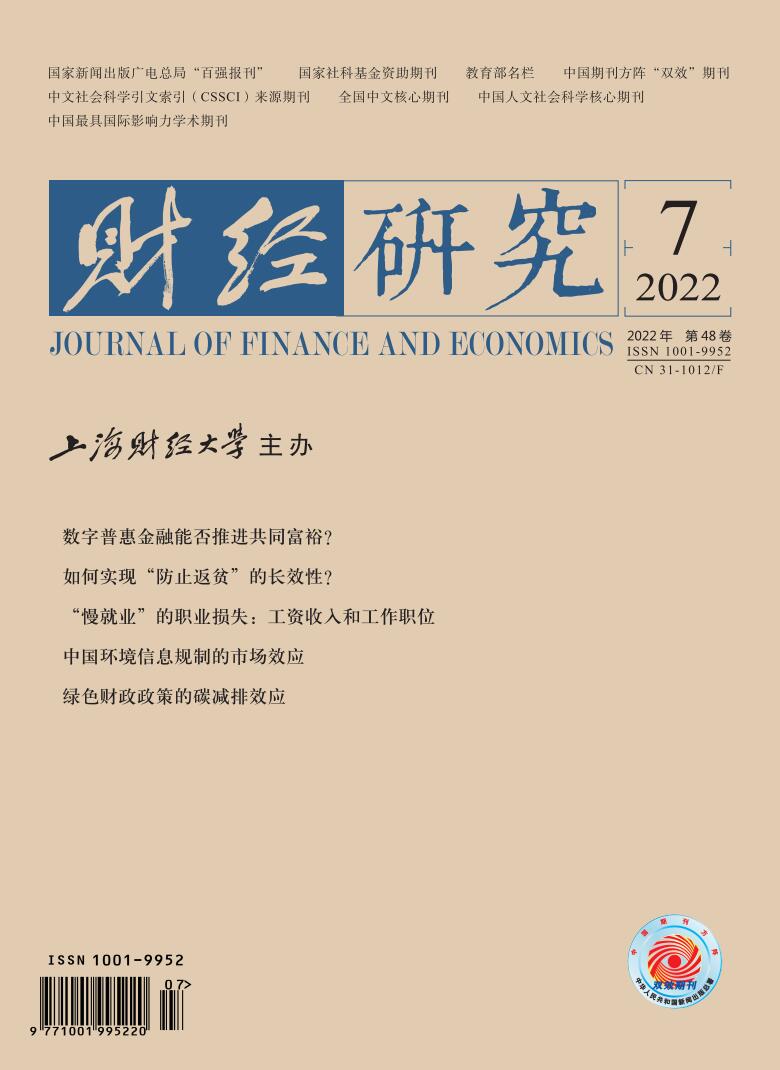Climate change is a major global challenge facing mankind today and poses a serious threat to human health and sustainable social development. In response to climate change, the Chinese government has proposed the goal of peaking CO2 emissions by 2030 and the vision of achieving carbon neutrality by 2060. Green fiscal policy is undoubtedly an important tool to promote “carbon peak and carbon neutrality”, and has received increasing attention from academics. However, the relevant literature does not cover the evaluation of carbon emission reduction effect.
This paper evaluates the carbon emission reduction effect of green fiscal policy using the DID method with the panel data of 285 cities in China from 2003 to 2017, taking the “National Comprehensive Demonstration City of Energy Saving and Emission Reduction Fiscal Policy” in 2011 as an entry point. We find that the demonstration city construction significantly reduces the carbon emission level, and the carbon emission reduction effect starts to appear after the second year of policy implementation and gradually increases with the year. The heterogeneity analysis shows that the carbon emission reduction effect of demonstration city construction is stronger for non-old industrial cities than for old industrial cities, and for non-resource cities than for resource cities. The mechanism analysis shows that the demonstration city construction achieves a win-win situation of “carbon reduction” and “growth” through the mechanisms of energy saving and efficiency improvement, industrial structure upgrading, and technological innovation.
The academic value of this paper could be concluded in three aspects: First, taking the “National Comprehensive Demonstration City of Energy Saving and Emission Reduction Fiscal Policy” as an entry point, this paper directly evaluates the carbon emission reduction effect of green fiscal policy, which makes a strong addition to the literature on the environmental effect of fiscal policy. Second, with the help of night light data, this paper constructs the carbon emission data at the urban annual level from 2003 to 2017, uses the DID method to better alleviate the problems of endogeneity and data limitation existing in the literature, and more effectively evaluates the effectiveness of green fiscal policy. Third, this paper not only evaluates the carbon emission reduction effect of demonstration city construction, but also conducts an in-depth investigation on its mechanism, and systematically examines its cost-benefit through the comparative analysis of economic effect and financial expenditure cost. It provides empirical support for the adoption of green fiscal policy to achieve the goals of carbon peak and carbon neutrality.





 7824
7824  7716
7716

